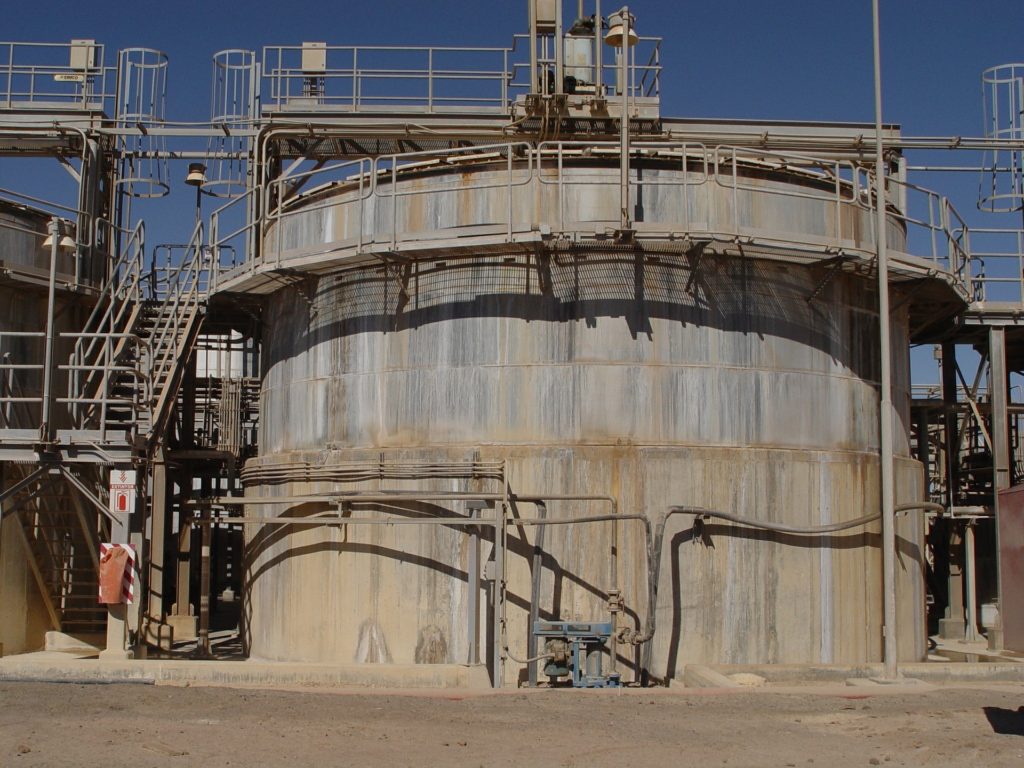
Mossville is a dying town and industry is the cause. Michael Regan, EPA head is slated for a visit, the first high level official ever to visit.
Ronald Carrier says he isn’t going anywhere unless he is given what he sees as a fair deal. As his community vanishes around him, the result of a buyout to allow for a chemical plant expansion, he has stayed put. “If we would’ve had one public official around here that spoke on our behalf, we’d have probably gotten treated better,” said Carrier, 67, as he sat next to the shed behind his three-bedroom house on Monday in this community outside Lake Charles, founded by freed slaves. Asked why that didn’t happen, he didn’t equivocate: “Because it was a Black community. That’s why. It was a minority community. No ifs, ands or buts about it.”
theadvocate.com
Systemic racism. The topic many don’t want to talk about but has existed for centuries, back to before the founding of this country.
For activists, Mossville has become a case study in environmental justice. They have pointed to decades of emissions spewed from the dozen or so plants that surround it, and allege that the recent voluntary buyout of homes that has left Mossville on the verge of disappearing was unjust — an assertion strongly denied by the company behind the expansion, the South African firm Sasol. The community’s plight will receive attention from Washington this week when the head of the U.S. Environmental Protection Agency, Michael Regan, visits what’s left of Mossville. Regan, the first Black man to lead the agency, will travel there on Thursday as part of a tour intended to highlight environmental justice issues. “Absolutely I’m encouraged, because to me, the thing that’s different is that for the first time, they’re getting support from the very highest levels,” Kimberly Terrell, a staff scientist with Tulane’s Environmental Law Clinic who has been working with Mossville residents, said of the visit.
High level treatment works, just look at the publicity Cancer Alley got after mentioned specifically by the president months ago.
Terrell and others contend that monitoring of the “complex soup of pollutants” in the area has been insufficient. Companies such as Sasol, meanwhile, say their emissions comply with federal regulations and tout their economic and charitable contributions to the region. An extensive new report on the community and the buyout released Wednesday by the University Network for Human Rights, a nonprofit advocacy group, says that its data “strongly suggest that the (voluntary buyout) was racially discriminatory.” Sasol flatly disputes that and calls the buyout program “the most generous of its kind ever executed.”
Mossville has little to appeal to many.
Across the Calcasieu River from Lake Charles, Mossville is said to date back to the late 18th century, when it was founded by freed African-Americans. The new report describes it as five square miles with at least 375 households as of 2008. It is located in an area that has over the years been enveloped by petrochemical plants. A 2008 petition to the Inter-American Commission on Human Rights alleging severe health problems among residents said 14 facilities were operating near Mossville at the time. Just beyond the Interstate 10 bridge, warrens of pipes, tanks and flares come into view, giant engines of industry, and residents say they have been subjected to toxic pollution over many years. They have, for instance, pointed to tests by the federal Agency for Toxic Substances and Disease Registry in 2007 that found chemicals in residents’ bodies that matched those emitted by some nearby industries. Terrell says a particular concern is ethylene oxide emitted by Sasol. The company says its emissions are well below the permitted amount.
Buyouts have been tried but determining the value is hard.
Major change came with a voluntary buyout Sasol announced in 2013 for both Mossville and the mostly White nearby area of Brentwood. The buyout was developed to make room for an expansion, including an ethane cracker and a gas-to-liquids project. The latter project was later canceled. The company says the voluntary buyout saw an 85% participation rate, resulting in 584 purchases and 195 offers rejected as of July 2020. Mossville is now a shadow of what it once was, with many remaining houses surrounded by empty lots and bare slabs. The new report criticizing the buyout alleges that “property transaction amounts were, on average, about 88% higher” in the Brentwood area than in Mossville. The buyout program in both communities was based on nonnegotiable formulas, it said, though homeowners outside those zones were able to negotiate. The report says that in predominantly White areas outside the zone, transactions were on average 82% higher than in Mossville, but not significantly different from those in Brentwood. “When considered alongside social science literature on the contemporary housing appraisal system, these data strongly suggest that the (voluntary buyout) was racially discriminatory,” the report says. Report co-author Ruhan Nagra said the study was not able to take into account factors such as size of the house or condition, and noted that one transaction may include several structures. She said, however, that since the aim of the program was to relocate families elsewhere, “people have to be compensated enough money to be able to do that.” Sasol rejected the report, saying it misrepresents claims as facts while stressing it forced no one to leave. “We are proud of our engagement with our neighbors and have consistently worked with Mossville residents to keep them informed of our plans and solicit their input on how we can make a positive difference in their community,” it said.
The company is proud of what it has done to help the residents, other than making them sick.
The company has also financed a Mossville oral history project through a grant to the Imperial Calcasieu Museum, which partnered with the T. Harry Williams Center for Oral History at LSU. To be sure, there are those who were pleased with the buyout. Lionel and Mary Thierry, who lead the Mossville Truth Tabernacle Pentecostal Church, are among them. After the buyout, the church moved across the river to their native Lake Charles. Last Sunday, services were held back in its main hall for the first time since Hurricane Laura damaged it in August 2020, with around 30 people in attendance. But the number of people originally from Mossville who still attend the church has dwindled, they say. Lionel worked for Sasol, while Mary worked for the PPG plant in the area, and the couple said they have experienced no adverse health effects as a result. But asked about the historical practice of locating industrial plants in Black and poor neighborhoods, they said they hope that can change. “We weren’t around when the plants got there,” said Mary. “But (other families) have been there since right after slavery, some of them. So those plants came in and built up around them, and I guess they didn’t have a voice back then.”
Others disprove this rosy assessment. I wonder about the safety of Lake Charles if it is just across the river.
Carrier isn’t nearly as sanguine. He grew up in nearby Sulphur and said he moved to Mossville in the early 1990s, attracted by the prospect of having a spacious plot of land where his extended family could visit for crawfish boils and fish frys. “My home has always been the home where my family gathers,” he said, describing how he’d pull his grandchildren around in a wagon with his four-wheeler or take them berry-picking in the woods. His wife recently died at 63, and while she suffered from serious diabetes, he wonders whether the pollution contributed to a skin infection. But the Air Force veteran who also worked at the nearby Olin chemical plant says he isn’t concerned for himself: “I’m 67 years old. If it’s going to hurt me, it would’ve already hurt me.” He says he was not offered enough money for his property to find a similar home elsewhere. Asked whether he considered Mossville an example of the injustice the EPA head is seeking to highlight this week, he said: “I know that was the case here.” “They destroyed historical Black communities, cut and dried,” he said.
My wife grew up on the Thames River in Connecticut with nuclear subs, Westinghouse and Pfizer. She could smell the air. This must be something like that. I went to college there. So this is not the only area with this problem. But the common factor is industry.



